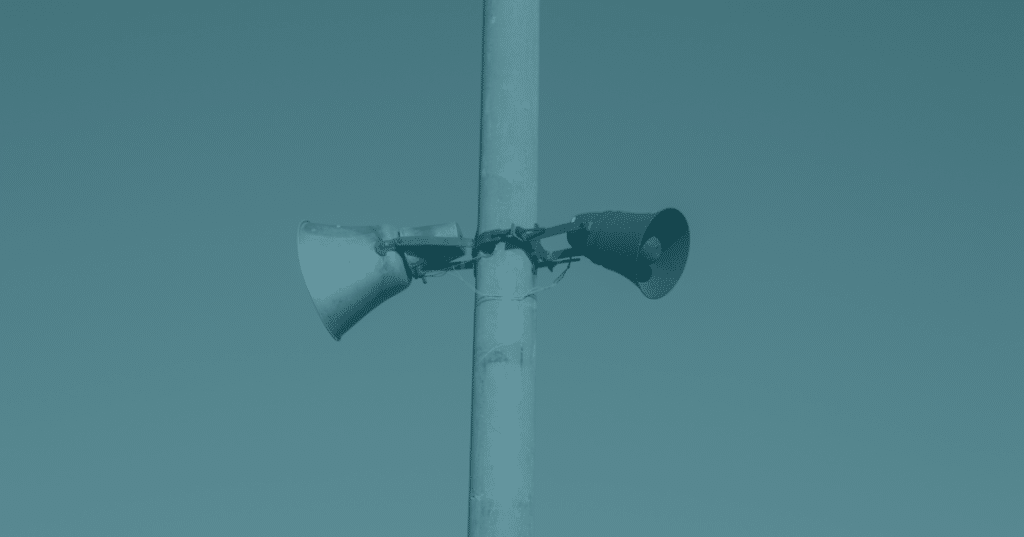For all but a handful of household-name SaaS companies, earning media coverage is no small feat. It takes innovation, a unique perspective, industry expertise, a commitment of time and resources – and, often, a willingness to get outside one’s comfort zone and take the last-minute interview or talk a customer into a case study.
After everything it takes to earn coverage, it’s surprising how often in B2B SaaS PR the story is viewed as the end of the process rather than the midpoint.
While the benefits of media coverage are understood—third-party credibility, support for SEO efforts, and more—coverage can also be a rich source of content for your owned and shared communications.
By sharing coverage with customers, prospects, employees and other stakeholders, SaaS brands can increase the value of their media hits. Absent these actions, yes, some portion of the publication’s monthly readers will interact with a story – but there’s no guarantee your best prospects, customers, employees or investors will. Why not improve your chances?
Here are a few ways to ensure you get the most out of your hard-won media coverage.
Customer and Prospect Communications
Your most creative and well-executed paid campaign isn’t going to mean much to your current customers. It’s also not going to move prospects who are already at the top of the funnel further along. Earned media can help.
Share your signature coverage with your sales teams, and give them a sample message they can use as a preface to send to their contacts. Include earned media hits in your customer communications, too – whether you have a weekly or monthly email or some other means to connect with customers.
This shows prospects and customers that the company is an innovator and its leaders are experts, as demonstrated by the interest shown by media outlets.
Let’s Get Social
LinkedIn is the most obvious platform for sharing media hits, but depending on the nature of the coverage and your social following, channels like X and Instagram might also make sense.
There are a couple of ways you can go about this on LinkedIn. The most common we see is for companies to create a new post such as, “Our CXO, Jane Smith, was recently interviewed by (at)Publication for a story about (topic), where she said, ‘(portion of quote).’ See link in comments for the full story. Thanks to (at)Reporter for including her!”
Such a comment could be expanded upon to reflect 1-2 reasons why this topic is so important to the industry or this particular spokesperson, but aim for 100 words or fewer. Adjust as needed for guest columns, company features, executive profiles or podcast appearances.
You can ask followers what their reaction to the article is or if they have any other advice beyond what your spokesperson shared. Make sure to engage with their responses, too.
Employees Are an Audience, Too
Show employees how your company is attracting attention from media who cover your industry and the fields for which your spokespeople are experts (be it HR, finance, IT, etc.). Include recent media hits in your weekly/months employee communications, and share in your Slack or Teams channels.
Encourage employees to share on their LinkedIn accounts, and give them a sample message to include when they do. Media coverage validates the collective efforts of the entire team – make sure to thank employees for all they do to make it possible for the company to stand out.
Lightning Round
- If your company is actively seeking speaking opportunities, you know that applications can be tedious and time-intensive, often requiring a near-essay on what’s to be discussed. If you’ve secured a contributed article on the topic, repurpose and adapt the content for speaker applications.
- The “News” or “About” section of your website probably includes a mix of blogs, press releases and more – but don’t forget to include your media coverage here, too. Publications don’t like to see a full copy/paste of their text to your site; however, you can create a page with an excerpt or short summary of the article, then link to the full piece.
- Comms teams are often all-stars at promoting their brands – and less successful when it comes to highlighting their own efforts. At a time when resources are under as much scrutiny as ever, be sure to highlight your earned media wins (and the internal and external engagement they help create). Never pass up an opportunity to show how your efforts correlate to business objectives.
If you’re already doing all of the above, you’re one of the few. If you’ve struggled to get more mileage out of your media coverage, consider implementing at least one of these approaches for your next story.
Media coverage is an excellent resource for a wide variety of communications. Don’t let those hits go to waste!

